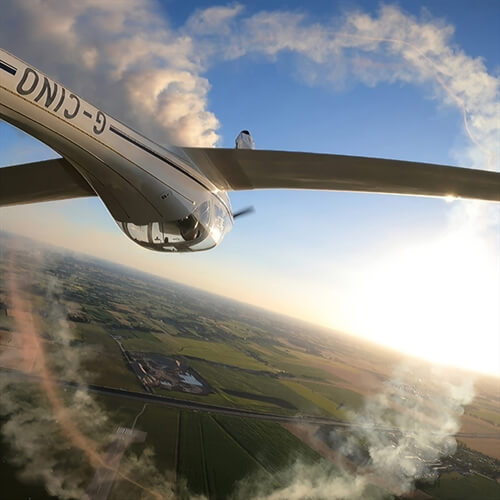Extra 20% off gifts under £250 today! Use code SUMMER20 - T&Cs apply
Gliding Experience (1080p)
Popular Gliding Experiences
Should I buy this experience?
Who gliding is for
Going on a glider experience is a totally unique way to get airborne that should be tried at least once in your life! It's very different to flying in a light aircraft or a helicopter. After the take-off, the quietness in the cockpit (save of the sound of the wind whistling) is amazing - as are the views.Who it's not for
If you're scared of flying, gliding might not be for you. The take-off can be quite bumpy and winch launches in particular pull the glider at a very steep angle. It's a fantastic aerial challenge to take on though!Glider Experience FAQs
- How much are glider lessons?
- How do glider planes get in the air?
- How high will the glider go?
- How fast will I be flying in the glider?
- What is all this talk of glider thermals about?
- How long do glider flights last?
- What's the take off like in a glider?
- How old do you have to be to fly a glider?
- What are the height and weight restrictions for glider experiences?
- Can I bring a camera?
- Why do I have to wear a parachute when gliding?
- Is it comfortable inside the glider cockpit?
- Where do I sit in the glider?
- Can I fly the glider during my experience?
- Are there glider lessons near me?
How do glider planes get in the air?
Aerotow - the glider is pulled up by a tug plane using a cable, then released. Winch tow - the glider is taken up by a cable attached to a motorised winch on the airfield, then released. Motorised - the glider uses its own engine to take off, then the engine is switched off.
What is all this talk of glider thermals about?
Thermals are the holy grail for glider pilots! If the pilot finds a pocket of air that's rising faster than you are coming down, that's uplift and you'll ascend. Catching these bubbles of warm rising air (thermals) give you lift as you circle around gaining height - just like birds with their wings stretched out do. Note that quite often trial lessons avoid thermals as the slow spiralling can set off motion sickness.
How long do glider flights last?
Gliders can easily stay aloft for five hours and go higher than their initial launch height, thanks to thermals. For these beginner lessons you can expect: winch glider flights to last 5-10mins, aerotow glider flights 15-20mins and motorised glider flights are generally around 25-30mins.
What's the take off like in a glider?
Bumpy. Gliders are on grass runways being pulled by a cable and it get pretty noisy and rattley too. Winch tow take offs are more aggressive than aerotows and motorised gliders, as the angle is more aggressive. But once you're up there, it's really peaceful and surprisingly quiet
Is it comfortable inside the glider cockpit?
Yes. The seating position is bit like reclining in a bath and you get a great, unobstructed view. And of course there's no engine noise.Many first time glider flyers comment on how smooth and peaceful it is. It can get hot in there, even on a dull day, so suncream, sunglasses and hat (not baseball cap) are advised.
Are there glider lessons near me?
Yes! We specialise in glider experiences and have excellent relations with glider clubs and airfields around the UK. So whether you want to soar thermals over the Black Mountains, or want to look down on suburban Surrey from your glider, you can. Here are just some of the places you can glide in the UK:
- Kent
- Bedfordshire
- Oxfordshire
- Croydon
- Essex
- Northamptonshire
- Hampshire
- Warwickshire
- Devon
- Buckinghamshire
- Wales - Wrexham and Powys
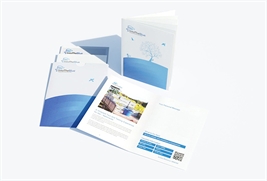


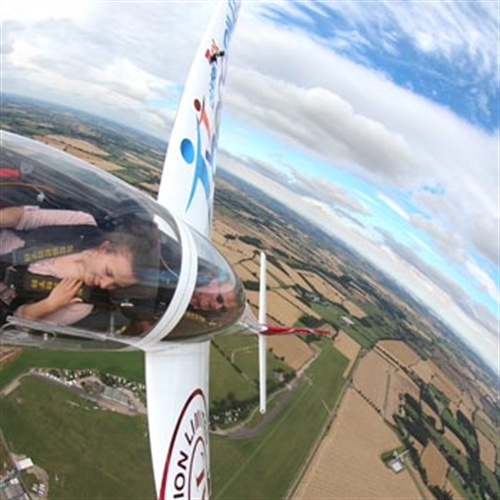
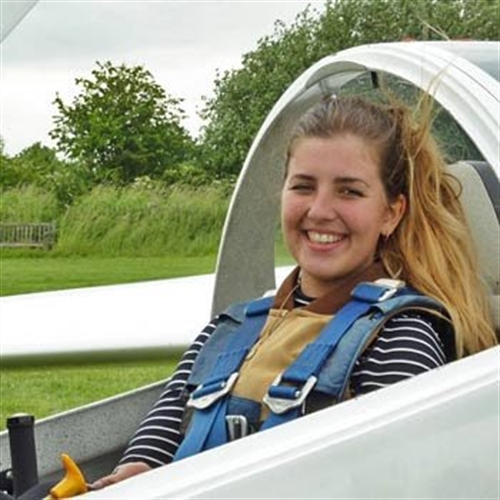
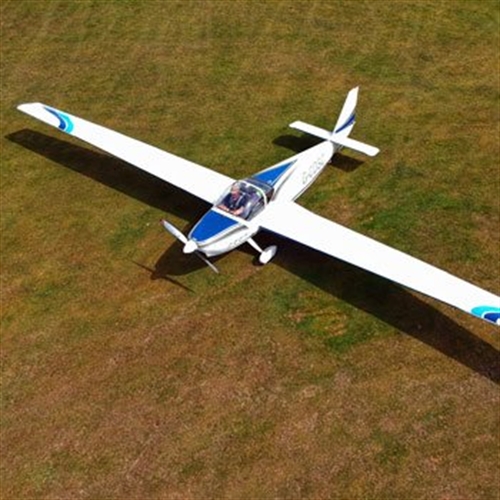
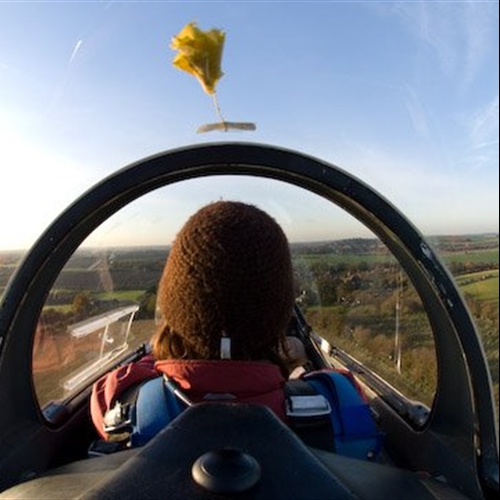
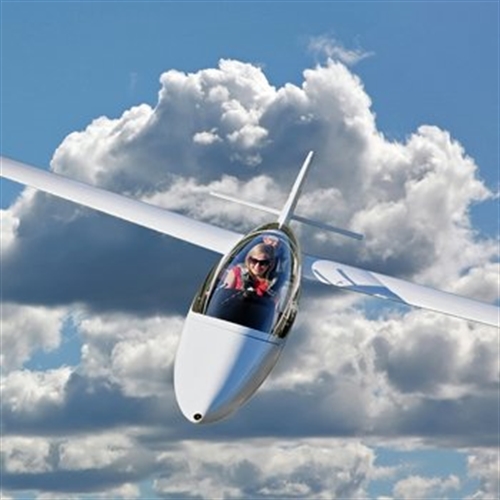
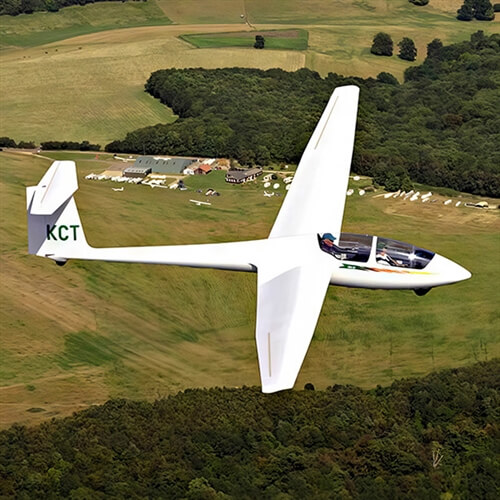
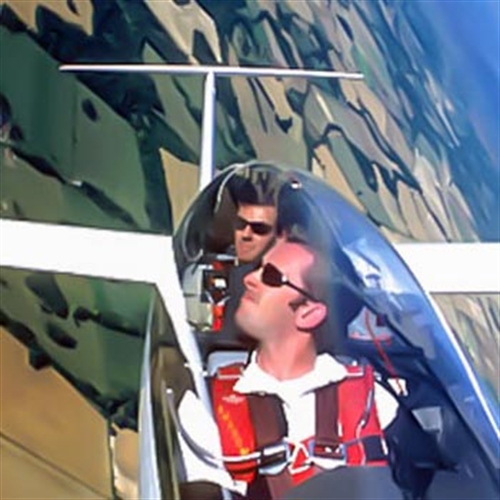

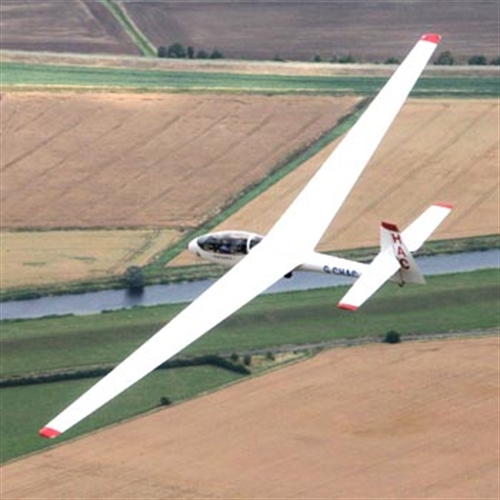
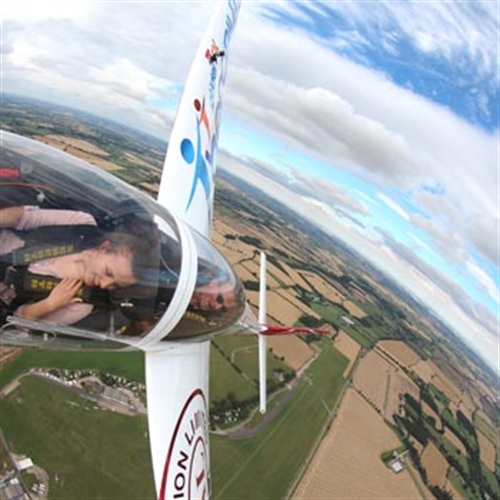
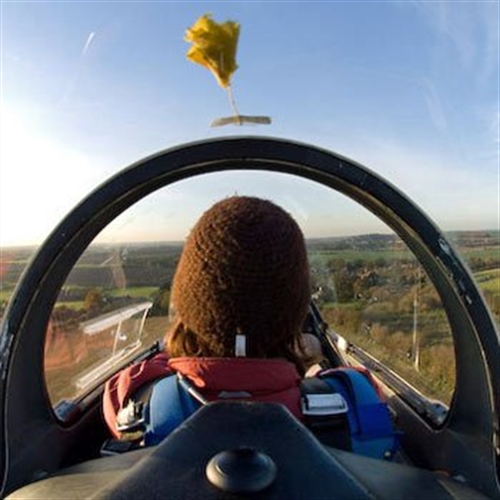
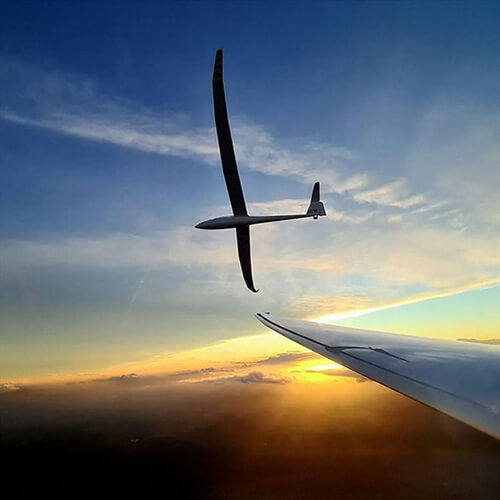
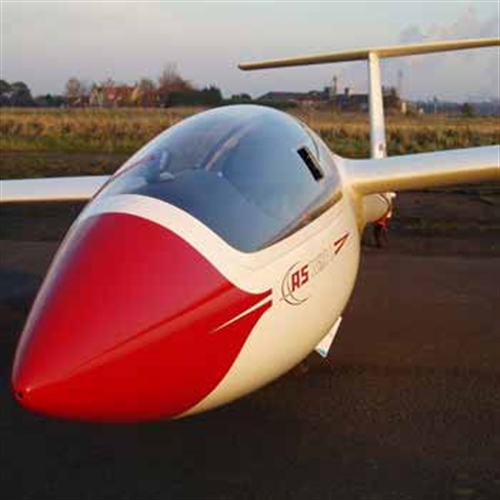
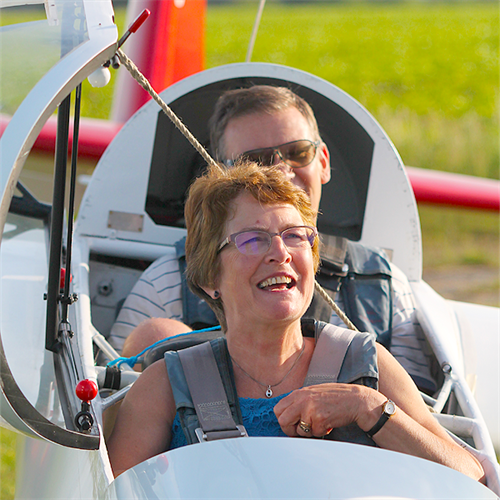
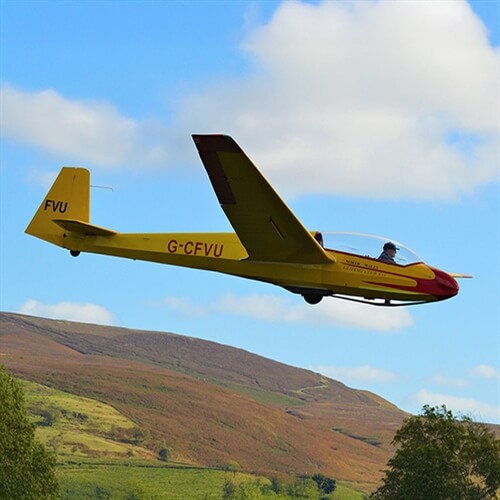
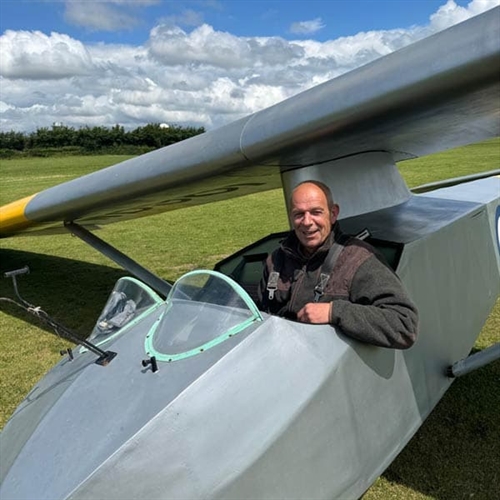

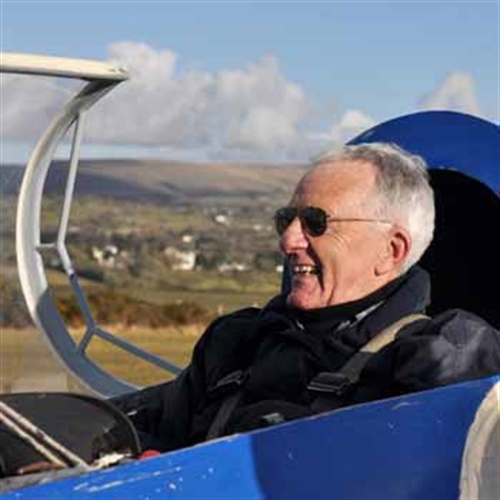
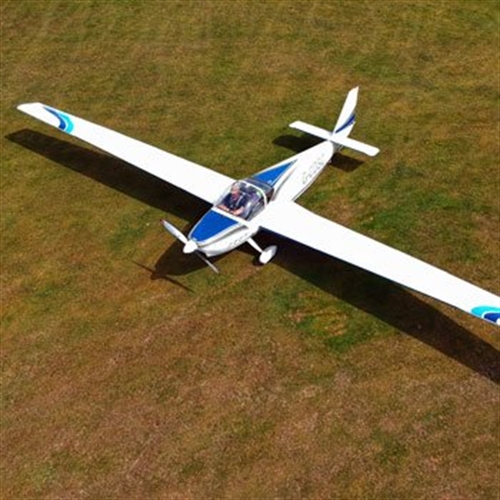
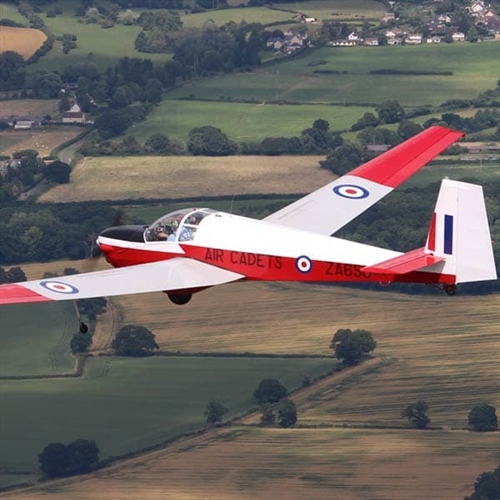
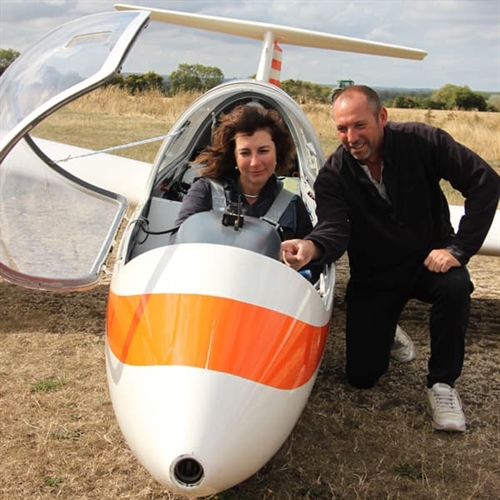
.jpg)
